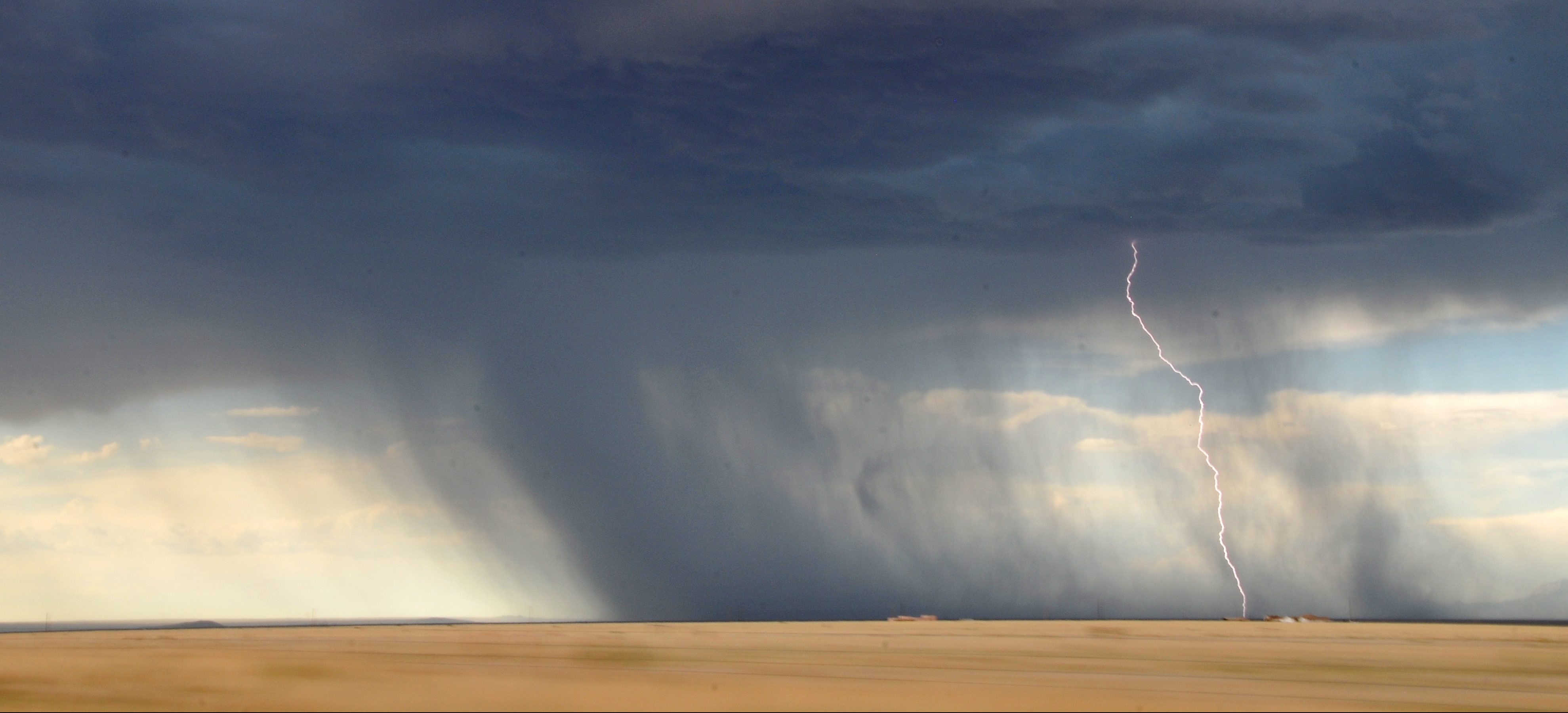Water is life, but it can also be death; the rivers that nurture amber waves of grain can just as easily escape their banks to wash away lives and property. There is no more powerful reminder of our mercy at the hands of nature than a flood, no better evidence that our societal mastery of the elements is not and may never be complete.
This does not mean that America’s waters cannot be tamed, however, and one person working hard to do so is Judy DesHarnais, Deputy District Engineer and Chief of Programs and Project Management at the U.S. Army Corps of Engineers. Over the course of her career, DesHarnais has overseen a number of engineering projects designed to mitigate the dangers posed by overflowing rivers. Her 30 years with the Corps of Engineers, and the countless lives and dollars that her work has saved make her afinalist for the Career Achievement category of the 2018 SAMMIES.
The SAMMIES are an esteemed awards program sponsored by the Partnership for Public Service that recognizes remarkable work done by career federal employees. Last week, Christopher Dorobek, host of the DorobekINSIDER, spoke with DesHarnais about her background in engineering and the unique challenges she faces working on flood prevention.
DesHarnais’ father was an engineer with the Army Corps of Engineers, and a love of math and physics led her to pursue a similar career. A former Peace Corps volunteer, she also felt drawn to serve others, and finds that protecting vulnerable communities is a rewarding way to do so.
“It gives you a good feeling when you are doing something that is helping the world,” said DesHarnais. “I feel like I’m serving the nation. And I take pride in that.”
Despite the vital nature of her work, one of the biggest challenges she faces is convincing people of its necessity.
“One of the things that people assume is that if [a place] hasn’t flooded for a long time, it’s not going to flood,” said DesHarnais. This means that in addition to engineering challenges, she has to work with communities to ensure that citizens feel their voices are being heard, while communicating to them the risks posed by delay or inaction.
“I’ve found that the one-on-one conversations with landowners … are really critical, so that they understand exactly how they’re affected,” DesHarnais said. This sort of relationship-building ability may not technically be required of an engineer, but over the course of her career DesHarnais has come to see it as a vital part of her efforts to protect the public. Of course, she wants to take action when she believes it is necessary, but she has to balance this with the desires of the affected people.
“We don’t come in and do protection works for people unless we are requested to,” said DesHarnais. “And it takes a lot to get the acceptance of the community and to show the engineering in a way that people can understand.” Convincing a community to invest in flood protection is only part of the battle; the rest of the work begins once the Army Corps of Engineers has the green light.
But even with all the expertise in the world, the vagaries of weather and water can make the job tough, so DesHarnais tries to stay ahead of the game. “There are things you can do if you have good forecasting,” said DesHarnais, “and we rely on the National Weather Service to give us those forecasts, so we know what we need to build.” When she’s successful, as she has been in Fargo, Grand Forks, and many other towns across the upper Midwest, she can avert deadly and damaging flooding, saving time, money, and even lives.
A big part of the job is obviously flood prevention, but some of it can be responding to incidents as well. Sometimes this means scrambling to build emergency levies; sometimes it means dealing with the aftermath of a natural disaster. In certain cases, the Corps of Engineers has been able to provide mobile homes right in people’s driveways, giving them a convenient place to live while flood-ravaged dwellings are made habitable again.
For someone as service-minded as Judy DesHarnais, this sort of work is fulfilling and engaging, and certainly the country is lucky to have someone of her talent and dedication taking on the life-or-death challenges that nature presents.
Get to know the other SAMMIES finalists before the ceremony. We think all of the finalists are awesome, but if you have a favorite be sure to vote for them in the People’s Choice Award!





Leave a Reply
You must be logged in to post a comment.